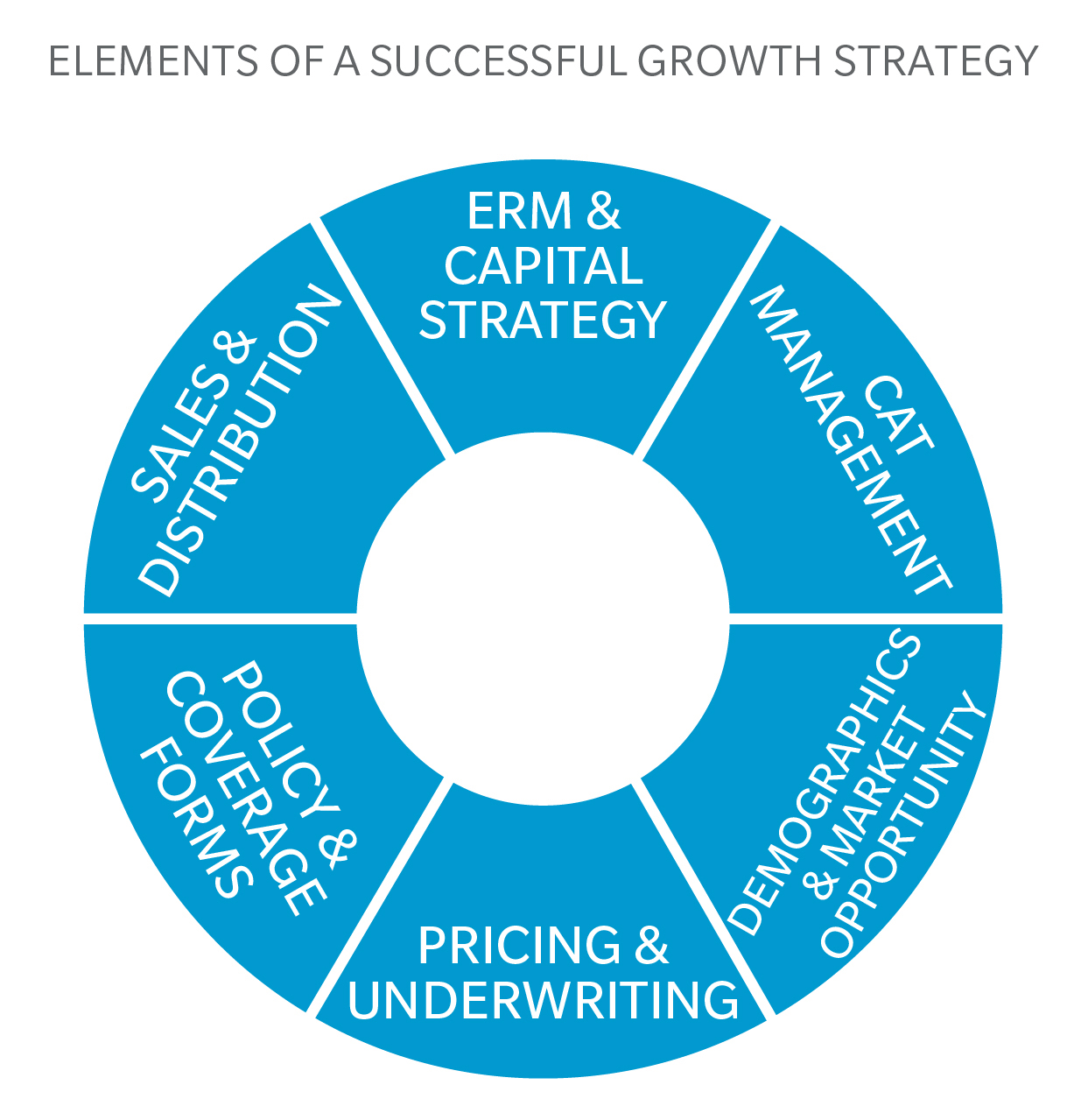
- Availability of rich data sets and analytic solutions enables evaluation of opportunities
- Companies seeking growth must evaluate their existing distribution channels
- Drones and self-driving cars present challenges for (re)insurers
(Re)insurers are now facing an accelerating rate of change that brings several challenges. Abundant capacity across the market continues to keep rates low, rapidly evolving technologies are redefining business models and emerging risks create uncertainty. These and other factors are prompting companies to seek new ways to achieve growth, according to David Priebe, Vice Chairman, Guy Carpenter.
“Despite these challenges, the outlook for the insurance market is one of increasing opportunity for companies that harness structural changes to create opportunities in new or existing markets. The availability of rich data sets and analytic solutions enables (re)insurers to carefully evaluate the myriad opportunities available and pursue a strategic approach to realizing their goals for growth,” Priebe explains. “Solutions that lead to a successful growth strategy are propelled by a data-driven understanding of business dynamics and formulation of an execution plan across six critical areas.” Priebe highlights four of the areas in detail.
Sales & distribution
Companies seeking growth must evaluate their existing distribution channels and internal cost structure and workflow to ensure they are achieving maximum efficiency. “Changing consumer expectations are catching up with the insurance industry and pressuring insurers to deliver a more engaging and interactive customer experience. The industry is gradually adapting to the changing market dynamics as some insurers pursue Internet sales and agency forces evolve and become better coordinated with carriers, for example,” Priebe adds.
Enterprise Risk Management / risk tolerance & capital strategy
Expansion into new markets is often a focus for companies seeking growth, but making the right decisions requires strategic analysis utilizing any and all available data.
According to Priebe, analytic tools with improved ease of use and higher data processing capacity are allowing companies to achieve a quantitative view of risk management at an enterprise level, while testing various sensitivities to optimize pricing, reinsurance strategy and portfolio mix. “Analytic solutions for enterprise risk management are now allowing insurers to perform scenario testing to obtain an internal assessment of risk capital while also benchmarking against metrics.”
Catastrophe exposure management
“As climate change tests long-established models and severe weather patterns become more intense and frequent, insurers need to manage their accumulation within regions to anticipate their costs, reinsurance needs and potential adverse selection in catastrophe-impacted markets. Additionally, they must understand their catastrophe models and how exposure changes may impact losses. Solutions such as GC AdvantagePoint® tool help clients manage catastrophe accumulations.”
As the importance of outside vendor models has grown over the past decade, many carriers have begun digging deeper into underlying model assumptions to define and own their internal view of catastrophe risk. Model Suitability Analysis (MSA)® is Guy Carpenter’s initiative to assist clients in this objective.
Demographics & market opportunities
“Another avenue for insurers to grow is expansion into new markets and regions, or by providing coverage to existing clients for emerging, uninsured or underinsured risks. A deep understanding of the demographics of existing and potential customers achieved through data and analytics can provide insurers with insights in identifying markets that are primed for growth or decline,” says Priebe.
Emerging risks cannot be easily modeled due to their rapidly evolving exposures and a lack of robust or predictive historic claims data. Priebe continues, “Risks such as drones and self-driving cars present challenges for (re)insurers, but for those with the right risk profiles and appetite for growth, there are opportunities. Innovations and analytics are leading to the development of new models that bring more certainty to these risks, creating opportunities for growth.”
Priebe concludes by noting in a successful growth strategy, there are two additional critical areas that require a data-driven understanding of business dynamics and formulation of an execution plan: pricing, profitability and underwriting; and the legal and regulatory environment.
